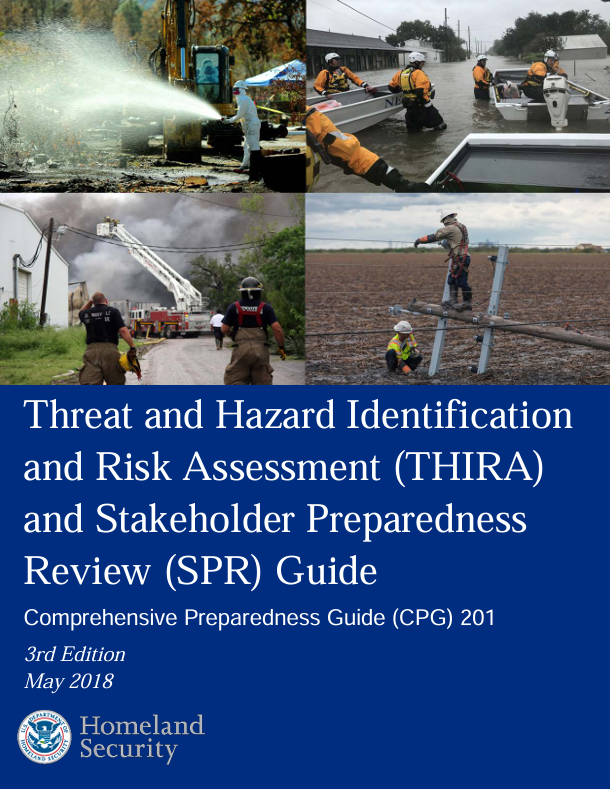- This is a house icon that when pressed returns the user to the home page.
-
About
- About GOHSEP
- Administration
- GOHSEP Vision, Mission, and Goals
- Authorities
- Federal Overview
- Louisiana Disaster Act
- LERC
- PEMAC
- Awards
- GOHSEP Awards
- 2023 Agency Awards
- Contact Us
- Contact Us
- Parish OHSEP Contacts
- Employment Opportunities
- GOHSEP Policies
- History
- Emergency Management Hazard Identification
- News
- Organizational Chart
- Public Information
- State Regions
- Unified Command Group
- First Responder
- Intrastate Mutual Aid
- Long-Term Recovery
- Regional Parish OHSEP Directors
- Statewide Interoperability Executive Committee
- Vendor Questions
- Prepare
- Prevent
- Respond
- Recover
- Mitigate
-
GRANTS
- Grants Overview
- Preparedness Grants
- EMPG
- HSGP: OPSG
- HSGP: SHSP
- HSGP: UASI
- NSGP
- GOHSEPGrants
- Preparedness Grants Summary
- Recovery Grants
- Hazard Mitigation Assistance
- Individual Assistance
- Public Assistance
- Debris Management
- Insurance Requirements
- LAPA Grants
- 406 Post-Disaster Mitigation
- Legal
- Procurement
- 2 CFR
- 44 CFR
- State Law Titles 38 + 39
- Sub-Recipient Monitoring
-
RESOURCES
- Damage.La.Gov
- Disaster Assistance
- Disaster Assistance Training
- Education + Outreach Materials
- Emergency Event Procurement
- Get a Game Plan App
- GOHSEP Get a Game Plan Podcast
- Important Links
- LA AHIMT
- LEPA
- Publications
- Public Service Announcements
- School Safety
- Shelter at Home
-
Temporary Housing &
Shelter Assistance Program - Training + Events Schedule
- Virtual Louisiana
This is a house icon that when pressed returns the user to the home page.





 Conducting threat and hazards identification and risk assessments (THIRA), establishing mutual aid agreements with other entities to ensure resources are available when needed, negotiating pre-disaster contracts to ensure services and materials are available, and planning are among those activities essential to timely and effective disaster response and recovery. Pre-disaster training and exercise are also important contributors to success.
Conducting threat and hazards identification and risk assessments (THIRA), establishing mutual aid agreements with other entities to ensure resources are available when needed, negotiating pre-disaster contracts to ensure services and materials are available, and planning are among those activities essential to timely and effective disaster response and recovery. Pre-disaster training and exercise are also important contributors to success.